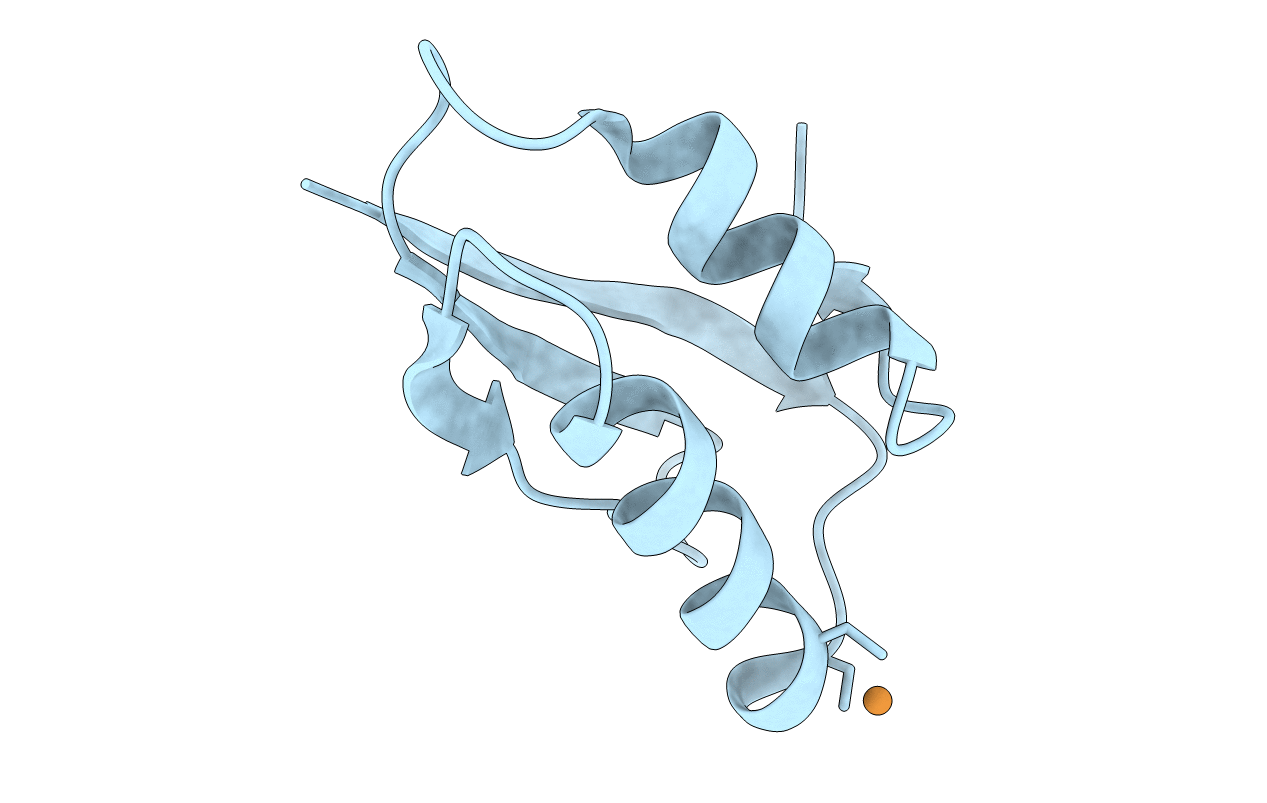
Deposition Date
2009-07-13
Release Date
2009-11-17
Last Version Date
2024-02-21
Entry Detail
PDB ID:
3I9Z
Keywords:
Title:
Crystal structure of a metallochaperone with a trinuclear Cu(I) cluster
Biological Source:
Source Organism:
Bacillus subtilis (Taxon ID: 1423)
Host Organism:
Method Details:
Experimental Method:
Resolution:
1.90 Å
R-Value Free:
0.26
R-Value Work:
0.19
R-Value Observed:
0.19
Space Group:
P 63


